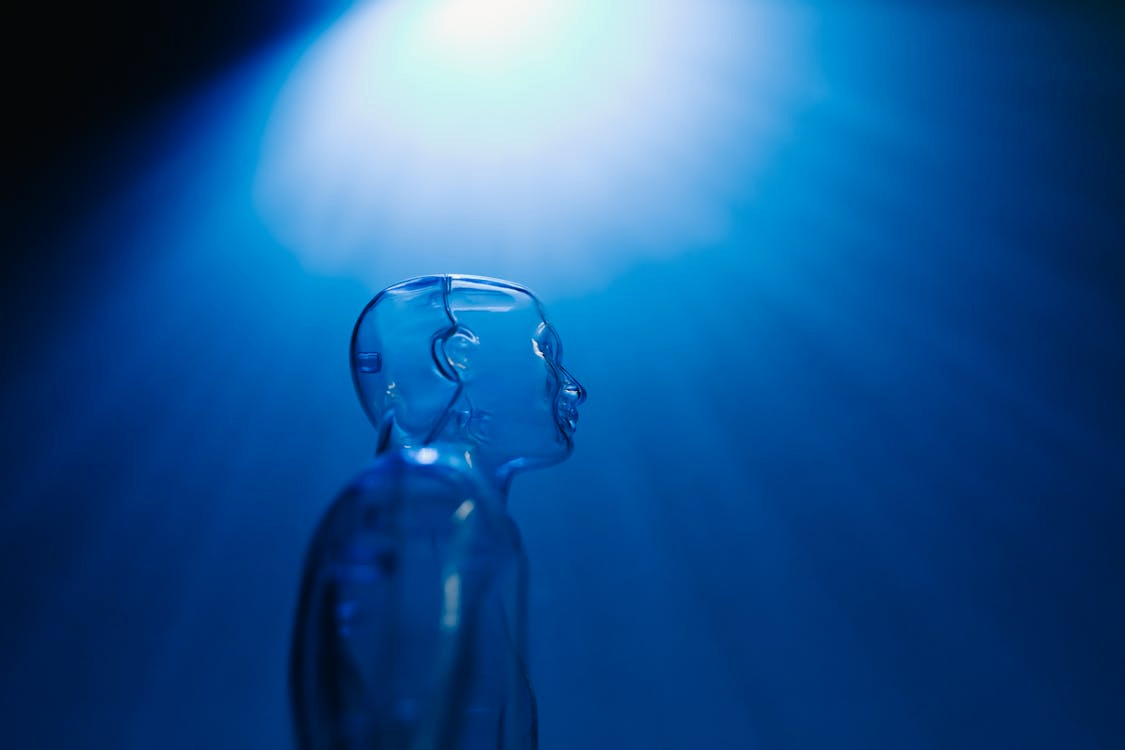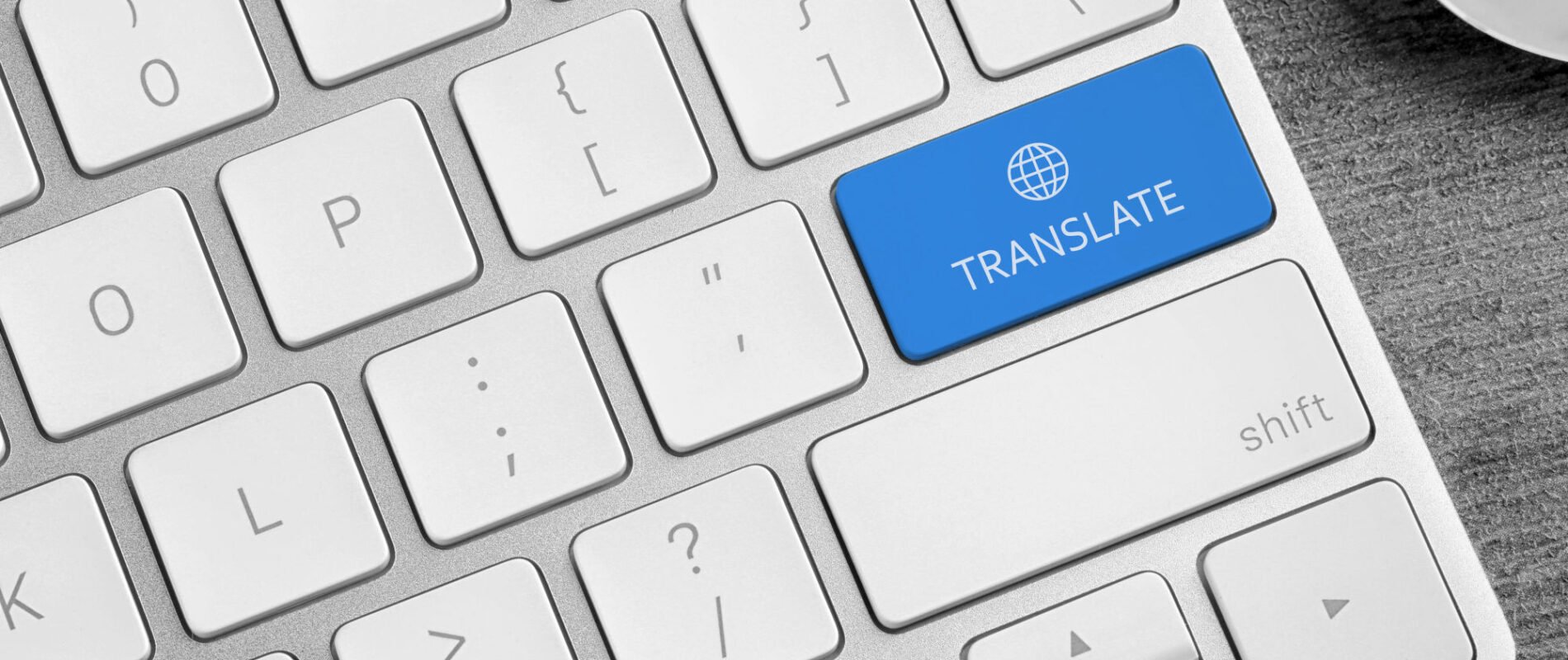Picture this: a tech firm files an international patent, but a botched translation twists a key technical term, opening the door to copycats and costly legal battles. It's the kind of slip-up that keeps executives up at night, especially in our fast-paced, borderless business world. Sure, machine translation has come a long way—think of those quick apps that zap text from English to Spanish in a blink. They're handy for chatting with friends abroad or skimming foreign news. But when lives, reputations, or big money are on the line, like in law, healthcare, patents, or marketing campaigns, nothing beats the sharp eye and deep understanding of a human translator.
Machines do have their perks, no doubt. They're lightning-fast and dirt-cheap for bulk work. A study from last year showed AI hitting near-perfect marks—around 98%—on simple, everyday stuff like product descriptions or basic emails. But crank up the complexity, and the cracks show. In high-pressure scenarios, humans deliver the goods with unmatched accuracy, cultural savvy, and that spark of creativity algorithms just can't fake.
Pinning Down the Precision Gap
Accuracy is where the rubber meets the road. Take legal docs: contracts, agreements, the works. They're packed with tricky phrasing that can shift meaning with a single word. A 2025 analysis comparing AI and pros on Arabic-to-English legal texts found humans nailing it every time on fine points like term consistency and sentence structure—AI? Not so much. It often mangles ambiguities, turning a solid clause into a liability.
Over in medicine, it's even dicier. Misread a drug label or patient guide, and you're talking real harm. Research from 2024 on translated health materials pegged human versions as far superior, with error rates dropping way below what machines manage. Experts ballpark AI at 70-85% reliable for specialized jargon, while seasoned translators push 95% or better. Patents are another minefield—those filings hinge on exact wording to protect inventions. Forbes highlighted in 2023 how companies dodge risks by going human, since AI tends to flip-flop on synonyms, potentially weakening claims.
Marketing? That's a whole different beast. A flat translation can kill a clever ad. Industry insights from 2025 stress that while bots handle the basics, they bomb on nuance, leaving messages that land with a thud in new markets. Humans tweak for punch, ensuring the vibe carries over without cultural clangers.
Navigating Cultural Nuances Like a Pro
Words don't exist in a vacuum—they're laced with culture. Machines crunch data patterns, but they miss the human element, the lived-in feel of how people really talk and think. In healthcare, say, explaining a procedure to diverse patients means dialing in on local sensitivities. AI might spit out a direct equivalent for "side effects," but a translator knows when to soften it for cultures where blunt talk raises eyebrows.
Patents demand similar finesse. What flies in one country's IP office might need reshaping elsewhere to fit norms without losing the core idea. And marketing thrives on this—adapting a punchy slogan so it sings in the target tongue, dodging missteps that could offend or confuse.
Data backs this up: a 2024 deep dive rated human work 18% higher on cultural fit using benchmarks like BLEU scores, particularly in tough sectors. It's about more than translation; it's transformation.
The Creative Edge That Sets Humans Apart
Then there's creativity, the wildcard machines struggle with. High-stakes content often needs a rewrite, not just a swap—think inventive phrasing in patents to spotlight breakthroughs, or catchy spins in marketing to hook audiences. Legal summaries might call for clear, engaging breakdowns; medical info, empathetic tweaks.
This is where outfits like Artlangs Translation really stand out. With mastery over 230+ languages, they've spent years perfecting not just straight translations but full-on localization for videos, short dramas with subtitles, games, and even multilingual dubbing for audiobooks and series. Their track record is stacked with wins: turning global games into local hits, or dubbing content that feels homegrown. That kind of hands-on expertise turns rote tasks into artful solutions, blending smarts with ingenuity.
Making the Smart Call: Human or Hybrid?
Look, AI isn't the enemy—it's a tool. Blends where bots draft and humans polish are booming, with post-editing gigs up 25% per recent trends. But for the big leagues? Skimp on the human factor, and you're rolling dice. A 2023 piece from AI watchers nailed it: in law and beyond, pros are irreplaceable for those thorny details machines haven't cracked yet.
Bottom line: if your project's got high risks—lawsuits lurking, health on the line, patents at stake, or brands to build—go human. It's an investment in getting it right, not just done. In a world hungry for connection, that precision pays off every time.











